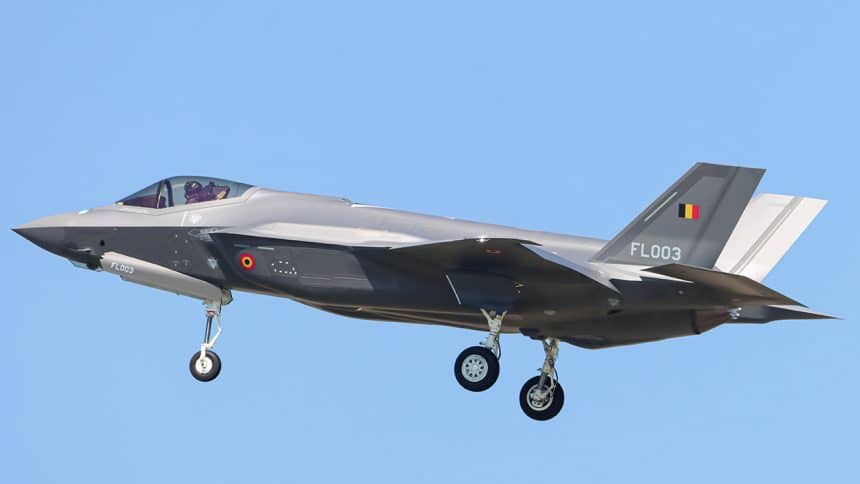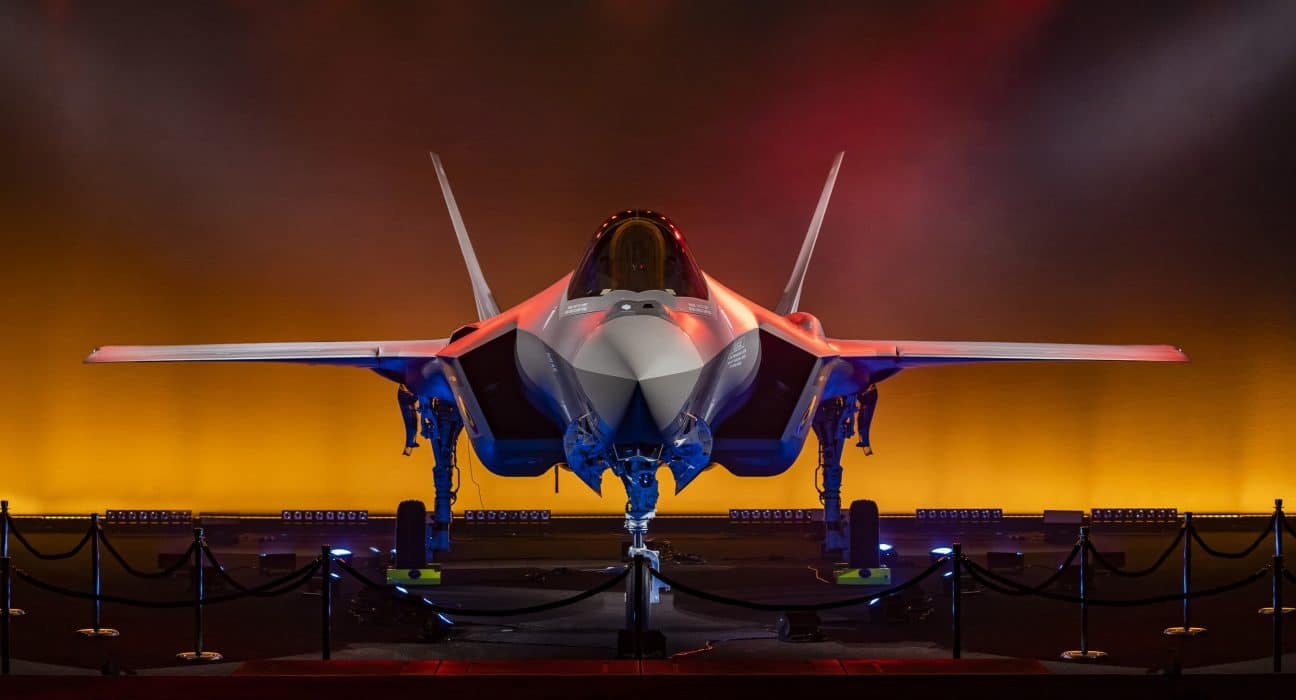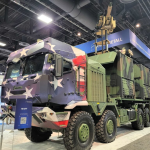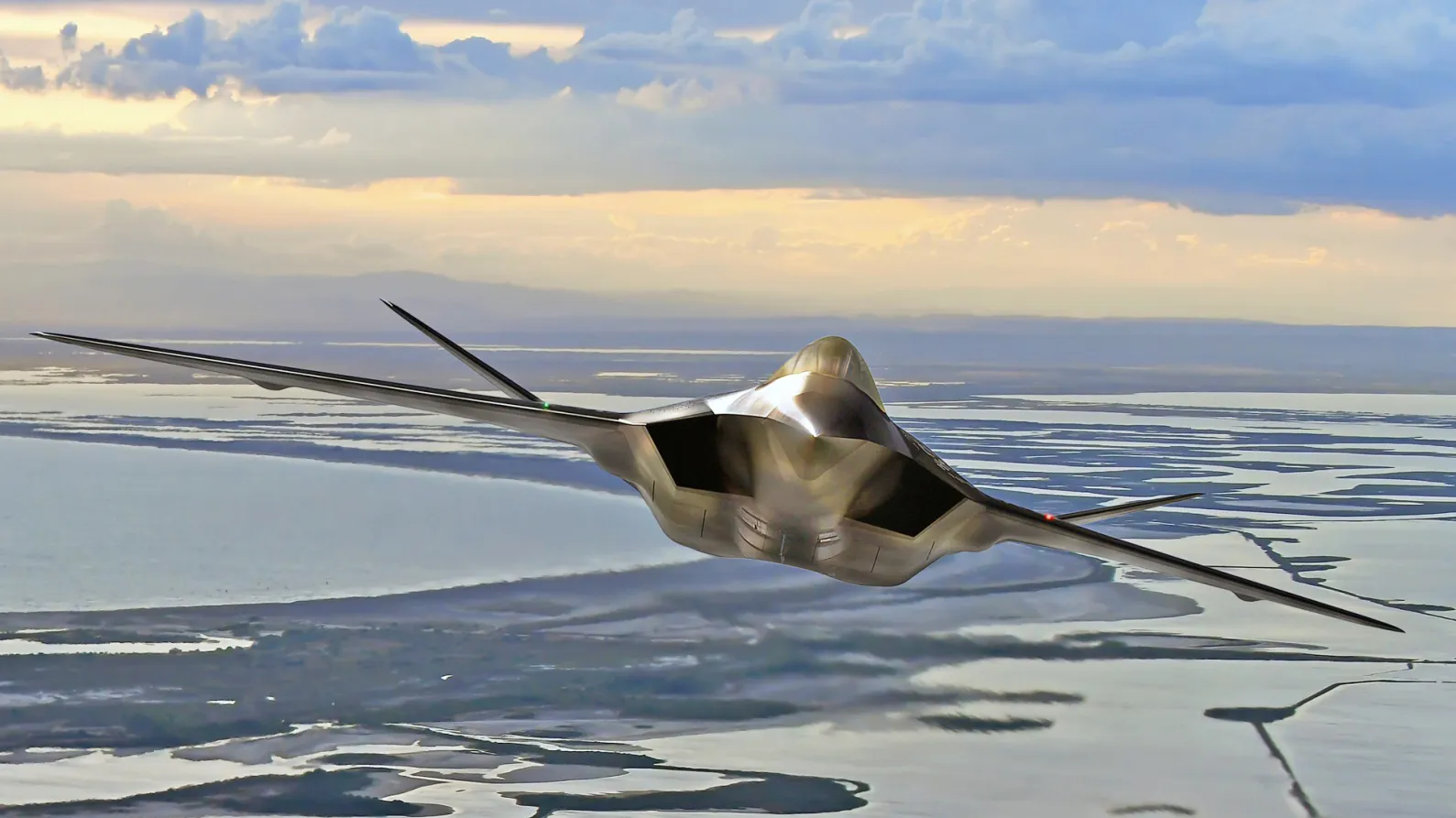After more than four decades of service, the Belgian Air Component’s F-16s are being replaced by the F-35A Lightning II. Selected in 2018 and due for delivery in 2025, the aircraft represents much more than a simple fleet renewal. This acquisition is a commitment to the country’s operational, industrial, and strategic future.
From political decision to contract signing
After more than ten years of debate over the replacement of its F-16s, Belgium officially selected the Lockheed Martin F-35A Lightning II in October 2018, following a tender process that included the French Rafale and the Eurofighter Typhoon.

The contract, valued at approximately €4 billion, provides for 34 aircraft for the Air Component, with deliveries scheduled between 2023 and 2030.
The choice of the F-35 was based on several factors: NATO interoperability, maintaining the shared nuclear role, stealth and connected capabilities, and a long-term vision of technological needs.
Preparation and training (2020-2024)

Several Belgian F-35s were deployed there in 2023 for initial training, while major infrastructure work was launched at the Florennes and Kleine-Brogel bases: air-conditioned hangars, secure data networks, maintenance facilities, and simulators.
The Belgian Ministry of Defense described this period as a “strategic transformation” of the Air Component, incorporating predictive maintenance, digital logistical support, and staff adaptation to 5th generation requirements.
Arrival in Belgium
On October 13, 2025, the first Belgian F-35As landed at Florennes at around 3:00 p.m., welcomed with great fanfare by military and civilian authorities.
The event was described as a “historic milestone” for the Belgian Defense, marking the gradual end of the F-16s after more than forty years of service.
Three aircraft landed as planned, with the fourth remaining in the Azores due to “technical uncertainties.”
This first delivery marks the beginning of an operational integration phase, ahead of the full ramp-up scheduled for 2030.
Industrial impacts and strategic implications
At the same time, an industrial agreement was signed with Pratt & Whitney, the F-35 engine manufacturer, to generate economic benefits for Belgian companies, including Safran Aero Boosters (Herstal), which is responsible for producing components for the F135 turbojet engines.
The integration of the F-35 is profoundly transforming Belgium’s position within NATO:
· It guarantees total interoperability with European allies (the Netherlands, Denmark, Italy, Norway) that also have F-35s.
· It allows Belgium to maintain its role in the alliance’s nuclear sharing.
· It paves the way for enhanced cooperation in regional maintenance and joint training.
The arrival of the F-35As marks the most ambitious modernization of Belgian defense since the Cold War.
From the 2018 decision to the first delivery in 2025, the program symbolizes a technological transition, an affirmation of European sovereignty integrated into NATO, and an industrial springboard for Belgian aerospace players.





